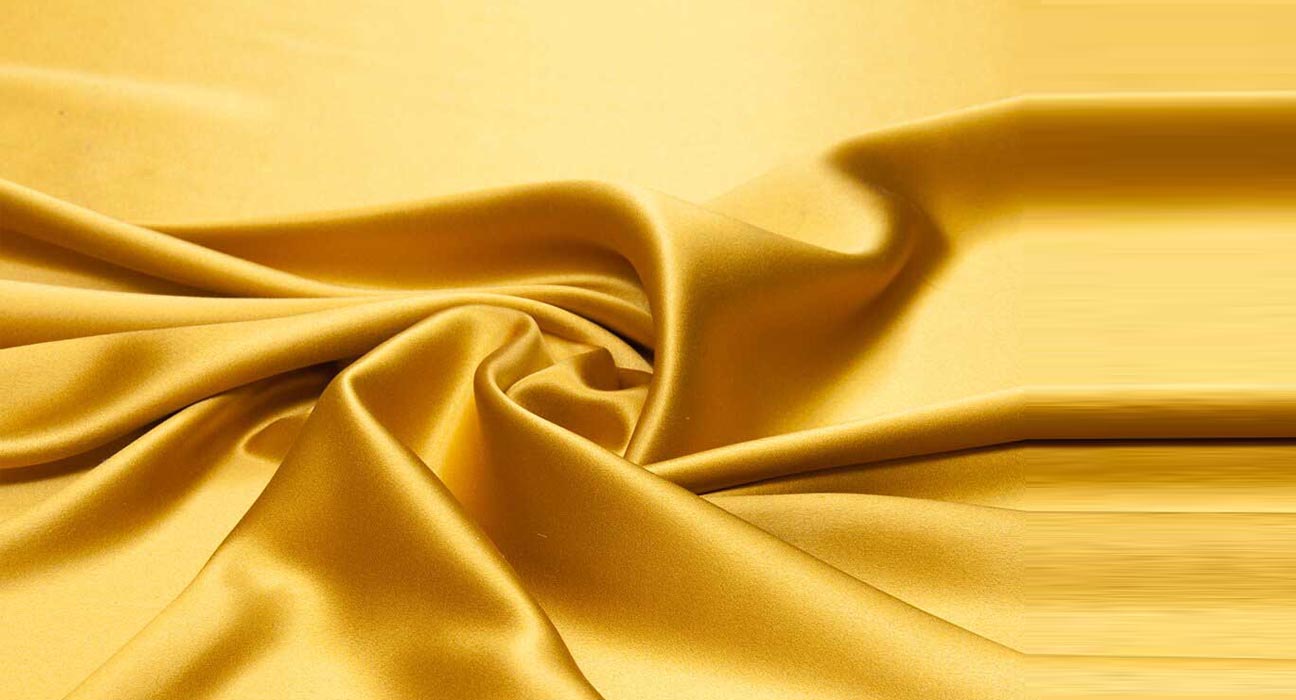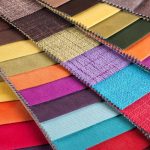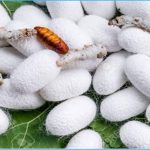Satin Fabric became famous in Europe during the twelfth century. Do you know satin fabric was made of silk; consequently, it was very expensive. And it was used only by the upper classes.In this blog post; we will answer some frequently asked questions on Satin. Let’s start.
What is Satin Fabric
Satin Fabric refers to the weave of the fabric rather than the material. Satin is one of the three major textile weaves, along with plain weave and twill. The satin weave creates a fabric that is shiny, soft, and elastic with a beautiful drape. Satin fabric is characterized by a soft, lustrous surface on one side, with a duller surface on the other side. This is a result of the satin weaving technique, and there are many variations on what defines a satin weave.
What is Satin Made From?
It depends if you’re a purist or not. If you’re producing a satin weave using filament fibers such as silk, nylon, or polyester, then your resulting fabric is a Satin. However, there are some definitions that insist a Satin fabric can only be made from silk.
What Are the Origins of Satin Fabric?
Satin dates back to medieval China, where it was made exclusively with silk. The weave originated in the Chinese port city of Quanzhou, which was called Zaitun in medieval Arabic, hence the name satin today.
The fabric and weaving techniques were both passed along the Silk Road and came to be widely produced across the Middle East. Italy was the first Western country to produce satin in the twelfth century, and it became popular across Europe in the fourteenth century. In fact, much of the furniture in the Palace of Versaille is satin upholstery.
What are the Characteristics of Satin Fabric?
Satin weaves are more flexible than plain weave fabrics, and satin is generally known for its lustrous finish and beautiful drape. Here are some characteristics of satin.
Shiny front. Satin weaves create a shiny, soft right side of the fabric and a dull back due to the organization of the warp and weft threads. Satin feels soft and very luxurious.
Beautiful drape. Due to the concentration of fibers and the pliability of the fabric, satin weaves create a soft and easy drape that makes them ideal for evening wear and curtains.
Durable. Since satin uses long filament fibers that are woven in a very taut fashion, the resulting material is stronger than many plain weave fabrics.
Wrinkle-resistant. Satin doesn’t wrinkle as easily as other fabrics, and thicker satins are less prone to wrinkles.
What are the types of satin Fabric?
Antique satin. Antique satin uses unevenly spun yarns as the weft threads and is woven in the 5 harnesses or 8 harness fashion.
Baronet satin. This form of satin uses rayon warp threads and cotton weft threads, and it is considered extremely lustrous.
Charmeuse. Charmeuse satin, from the French word for “charmer”, is very lightweight with an easy drape, and it has the traditional characteristics of satin with a shiny front and a dull back.
Crepe back satin. Crepe back satin is reversible, where one side has the lustrous, satin finish and the reverse side has a crepe texture.
Duchess satin. Duchess satin is a heavy fabric. It’s stiffer and has less luster than standard satin, and it is usually dyed solid colors and used for dresses.
Messaline. This form of satin is very lightweight and has a high shine, and it’s usually woven from rayon or silk.
Polysatin. This is an abbreviation for satin woven from polyester threads.
Slipper satin. This satin is a tightly woven, medium-weight fabric that is used for accessories, shoes, and clothing.
What are the uses o Satin Fabric?
Dresses. Satin is a staple for evening gowns and wedding dresses because of its beautiful drape and lustrous feel.
Upholstery. One of satin’s earliest uses in Europe was for decorative furniture in the Palace of Versailles, and satin is still used for pillow coverings, chairs, and other types of cushioned furniture.
Bed sheets. Since the weave is flexible and soft, satin is often used for bed linens.
Footwear. From ballet slippers to designer heels, satin is a choice fabric for shoe designers.
Fashion accessories. Evening bags and clutches are often made from satin.
Conclusion
Satin is a versatile fabric in the way it can be draped and used; it can be used on many different surfaces as a layered effect or used on its own to create a piece of clothing.
There is a type of satin for every project depending on the outcome and end results you are looking for such as a heavyweight satin with a mid-sheen for a wedding dress that can be embroidered over and it will be durable enough.
It can be an inexpensive fabric to use and experiment with but you will get some great results.
You May Also Read:
Follow us on Google News




